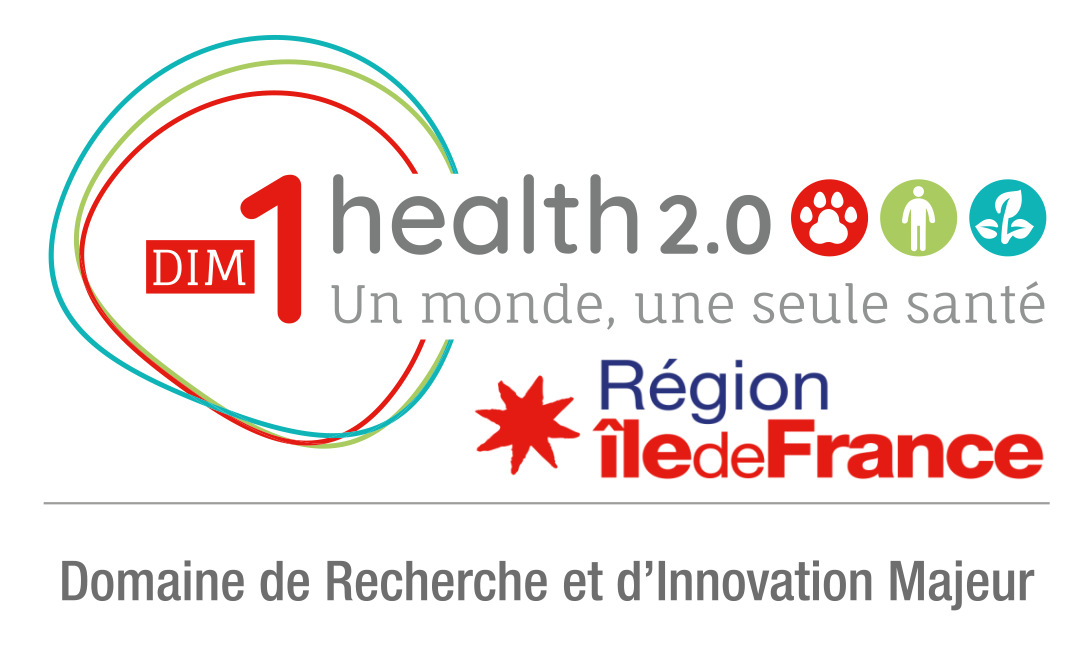High throughput screening platform for zebrafish phenotyping dedicated to innovative therapies of human and animal infectious diseases. ScreenInZebra
Coordinator :
Christelle LANGEVIN
DIM Axes :
Financement :
Zf biosorter
The aim of the project is to establish a high-content screening platform for infectious diseases in zebrafish larvae. This will improve the current equipment of the IERP unit by reducing animal handling, increasing reproducibility and standardization of experiments (shorter time of acquisitions, automatization, increased number of processed samples). The project meets a request from the scientific community and private companies to perform in vivo validation of therapeutic candidates in terms of toxicity, pharmacodynamic and efficacy before development in mammalian models or fish of agronomic interest. It also aims to diversify high-throughput/ high-content analysis tools in Ile-de-France region intended for living biological samples, infected with animal and human pathogens.
Zebrafish larva is a cost-effective alternative to mouse models amenable to highthroughput screening of small molecules, nanomedicine formulation design and optimization. The relevance of this model for human and animal health applications is supported by the conservation of fundamental biological processes (organogenesis, metabolism, innate immunity,…), advanced imaging opportunities and availability of Zf genetic tools. It is now widely used to assess therapeutic toxicity, stability and efficacy at the whole-body level as illustrated by successful anti-infectious screening strategies against diverse human and animal pathologies. The IERP unit offers services to the scientific community to perform animal experimentation in infectiology, supported by state-of-the-art phenotyping approaches for drug screening applications (Figure1A). To meet the increasing demand of such screening in Zf models of animal and human infectious disease, the unit aims to improve its screening capacity in BSL2 environment by purchasing an original flow cytometer device that will complete the fast and multi-position 3D microscopy approaches already used (Figure1B).
